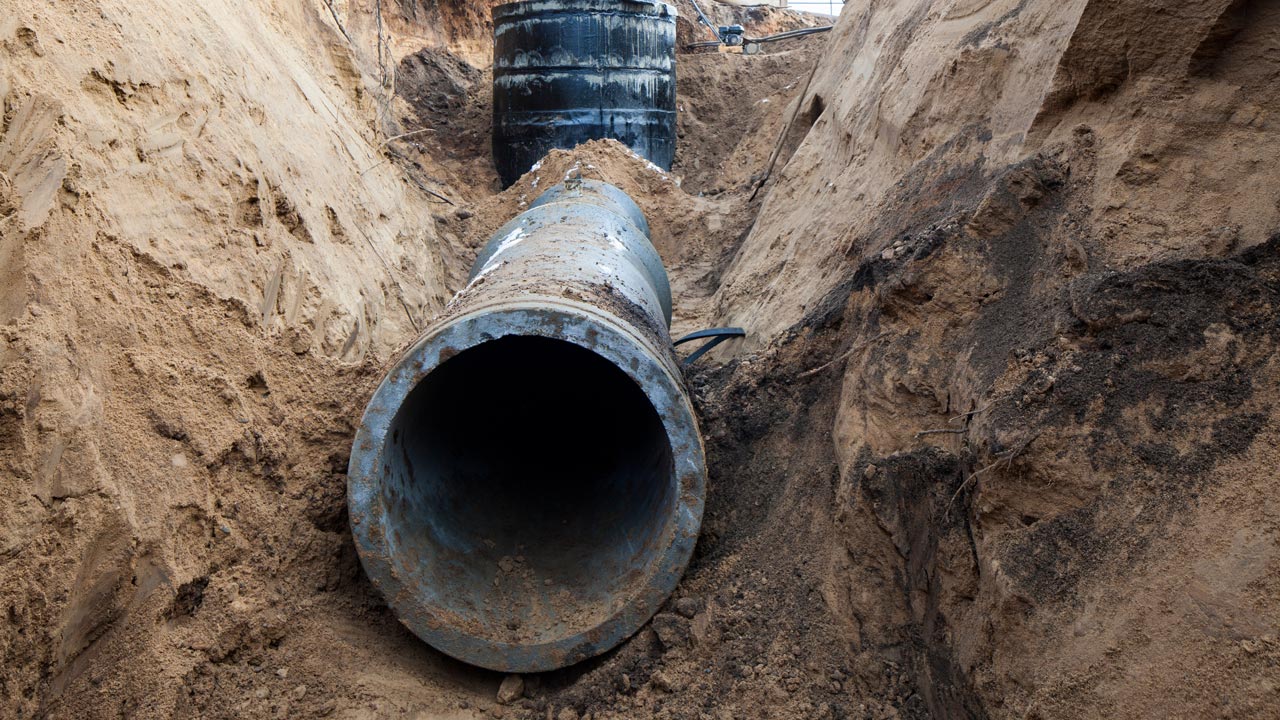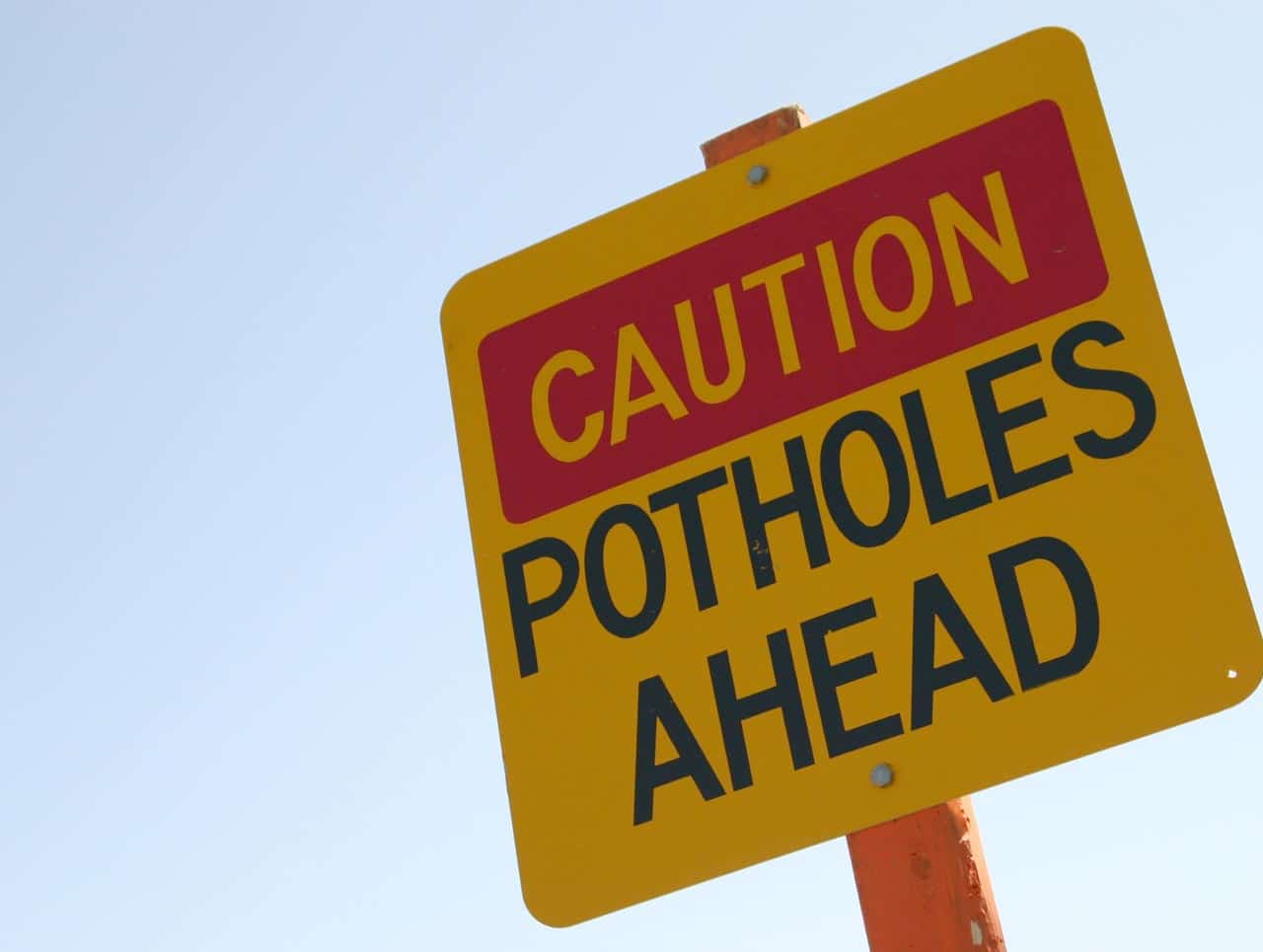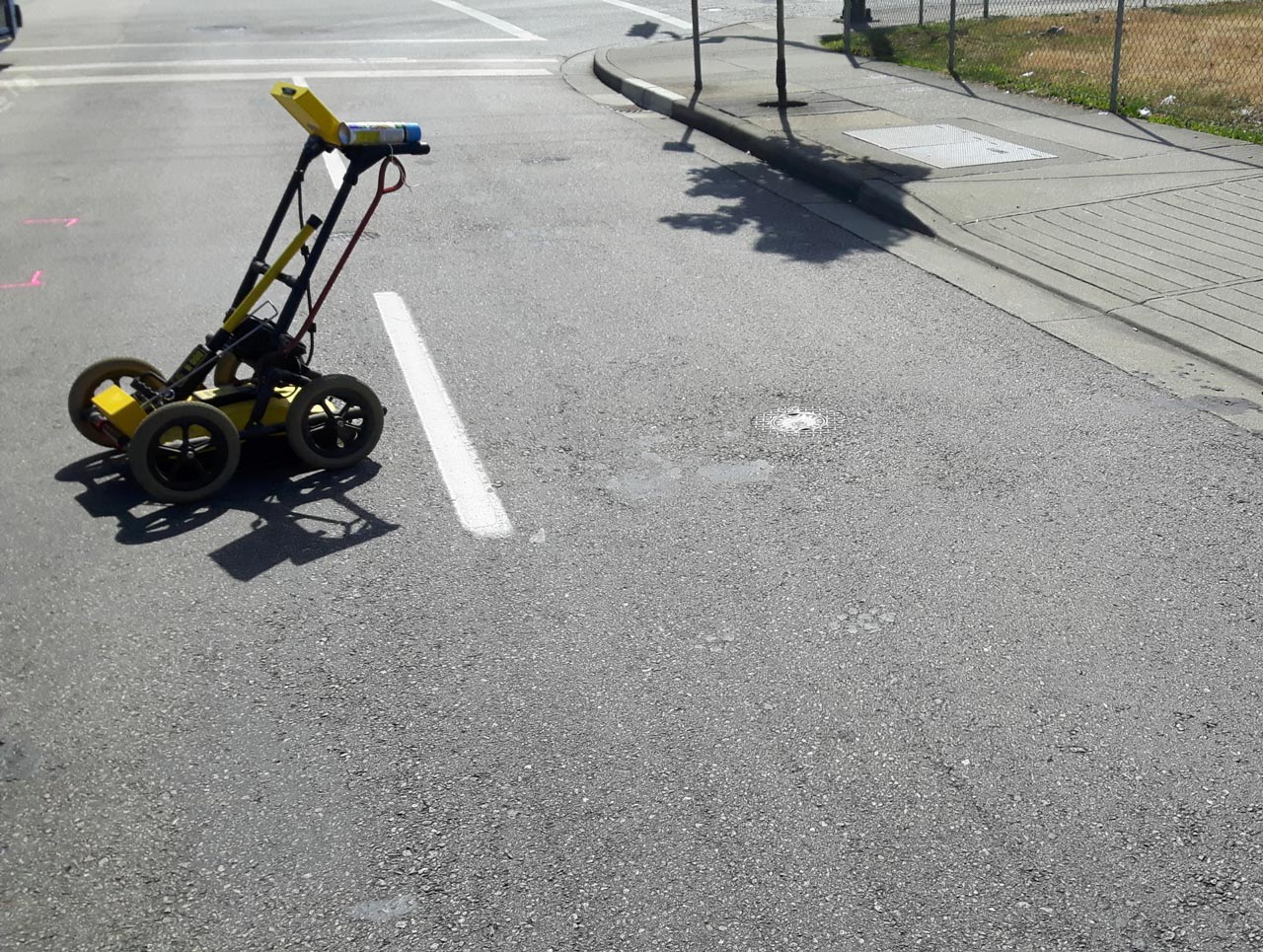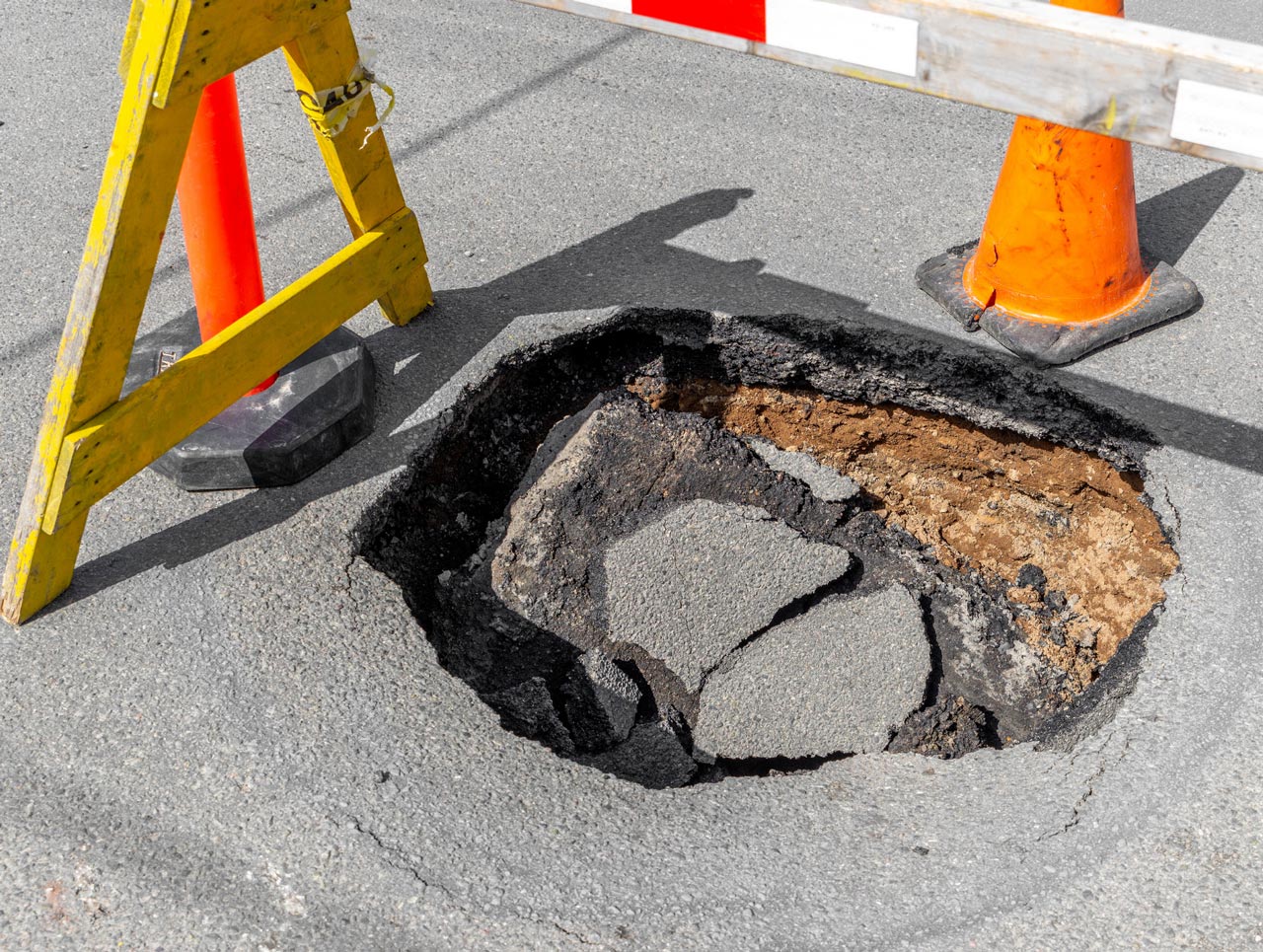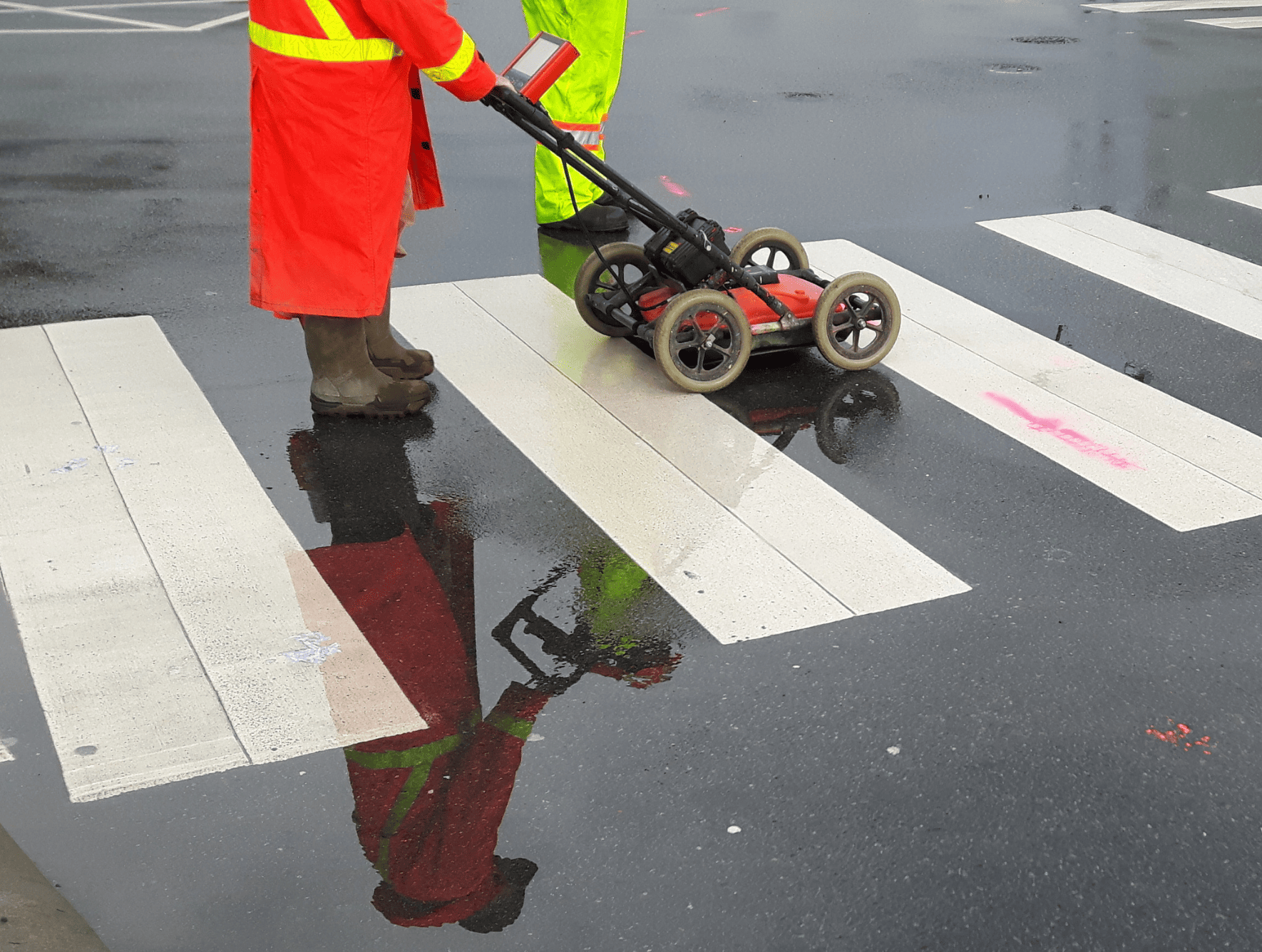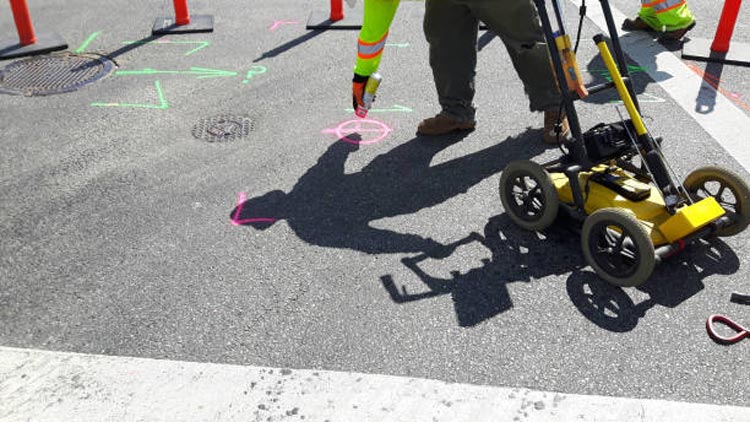What You Should Know About Pipe Inspection?
Without closed-circuit television (CCTV)/pipe inspection, it is often difficult to determine the extent of sewer pipe damage, pipe blockages, or where the pipe problem occurs. Whenever subterranean sewer pipelines have been compromised by an intrusion, poor installation, or natural elements, having plumbing professionals inspect their integrity is a vital first step. Therefore, if something goes …
Continue reading “What You Should Know About Pipe Inspection?”
Read More
3 Problems Professional Potholing Services Prevent
Construction workers are putting their lives in danger, according to a new study released today by the Energy Networks Association (ENA), as nearly a third or 31% fail to check for subterranean electricity wires when digging on site. These are the main reasons why utilizing ground penetrating radar is crucial for alleviating risks on the …
Continue reading “3 Problems Professional Potholing Services Prevent”
Read More
3 Benefits of Utility Mapping
When open-cut surveys are insufficient, great precision and understanding are necessary to detect sensitive components of electricity or gas, so avoiding any physical harm. Underground utility locating mapping is the most popular service among government agencies and PWDs. In the areas of geophysics, environmental engineering, and infrastructure development, the relevance of utility mapping cannot be …
Continue reading “3 Benefits of Utility Mapping”
Read More
4 Problems Professional Potholing Services Prevent
A huge portion of underground utility damages in the US are caused by failure to create potholes. It’s difficult to begin an excavation project without knowing where utility lines are. Potholing is a type of underground utility location that involves digging a small area or soft excavation to check where utilities are located. Potholing relies …
Continue reading “4 Problems Professional Potholing Services Prevent”
Read More
How Does Utility Location Work?
When conducting excavation projects or renovations, the first thing to do is locate utility lines. This is crucial in avoiding unwanted accidents such as burst pipes, power outages, gas leaks, and injuries. Not only will these accidents delay your project, but they are also costly. Utility location determines the location of public utility lines like …
Continue reading “How Does Utility Location Work?”
Read More
Why Your Commercial Complex Needs a CCTV Drain Survey Now
CCTV is a brilliant way to survey the condition of your pipes and entire drainage system. With the use of camera systems, it can help find many types of plumbing problems like a blockage from debris buildup or worrying drain damage. For anyone managing or running a business unit or building, an annual or regular …
Continue reading “Why Your Commercial Complex Needs a CCTV Drain Survey Now”
Read More
